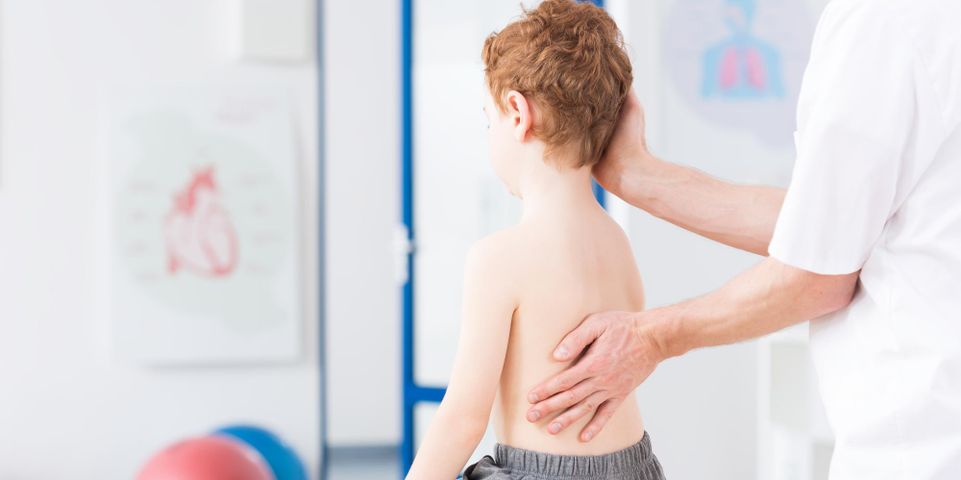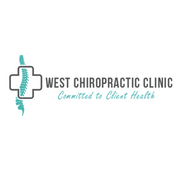
Scoliosis is a condition that causes an abnormal sideways curvature of the spine. It most often affects young children before puberty or during the growth spurt. However, it can still develop in babies and adults. If you’re concerned about your spine, here’s what you should know.
What You Need to Know About Scoliosis
What is scoliosis?
A person with scoliosis experiences a change to the spine’s shape that usually occurs between the ages of 10 and 12. While the majority of cases are mild, without treatment, some people may experience worsening of symptoms as they grow older. The most concerning cases are those with extreme curvatures, which can limit your breathing and cause daily discomfort.
There are two types of scoliosis. The structural kind affects the natural structure of the spine, is permanent, and sometimes develops in response to another condition. The nonstructural form is temporary and affects the spine’s curvature but not its structure.
What are the symptoms?
 Ill-fitting clothing that doesn’t fall properly on a child’s frame is a common indicator that they may have scoliosis. Other symptoms include one shoulder sitting higher than the other, an unnatural leaning position, off-center head position, and the prominence of one hip over another.
Ill-fitting clothing that doesn’t fall properly on a child’s frame is a common indicator that they may have scoliosis. Other symptoms include one shoulder sitting higher than the other, an unnatural leaning position, off-center head position, and the prominence of one hip over another.
Some cases may worsen with time, causing the spine to twist in addition to its curved position. This twisting can lead the ribs to jut out, and this area of the body might appear asymmetrical as a result.
What causes the condition?
Sometimes the condition is idiopathic or without any recognizable cause. However, other instances may be due to genetic predisposition. It can also occur among individuals who have legs of different lengths.
Adult women can also experience degenerative scoliosis. It is likely due to hormonal changes during menopause or osteoporosis and only impacts the lower back.
What are the treatment options?
To determine the appropriate treatment, your doctor will assess the condition of your spine and take into account the position of your hips, shoulders, and ribs. A special tool is used to measure the severity of the condition, and X-rays are taken to obtain more specific information.
Treatment options vary based on these details. In mild cases, frequent checkups are advised to monitor changes to the spine. A child may need to wear a brace to prevent the curve from worsening. Severe cases might require a surgical procedure known as a spinal fusion.
If you’re seeking a reliable provider to treat your scoliosis, turn to the qualified professionals at West Chiropractic Clinic in Soldotna, AK. This team offers techniques and treatments tailored to your unique situation, with the goal of helping you manage pain and discomfort. For more information on their services, including reflexology and massage therapy, visit the family chiropractic clinic online. Call (907) 262-9171 to schedule an appointment.
About the Business
Have a question? Ask the experts!
Send your question

